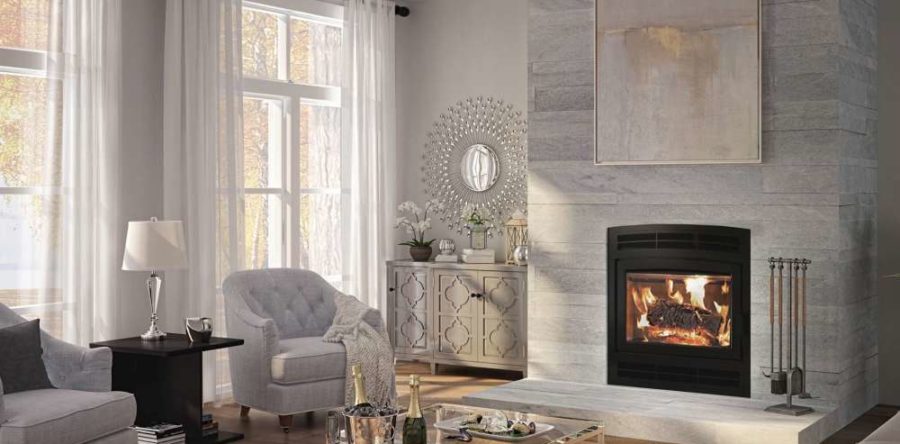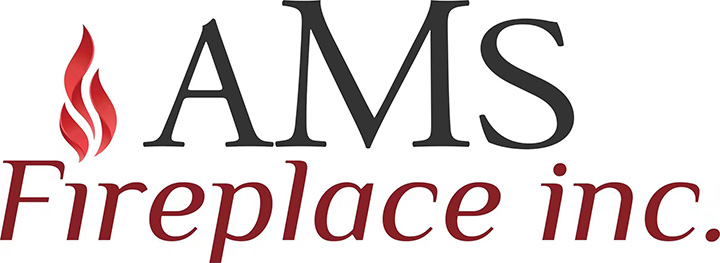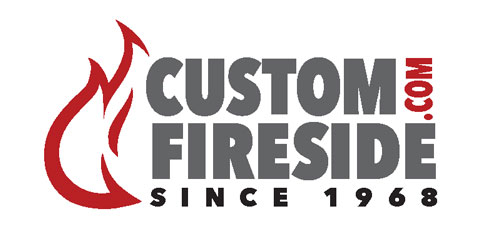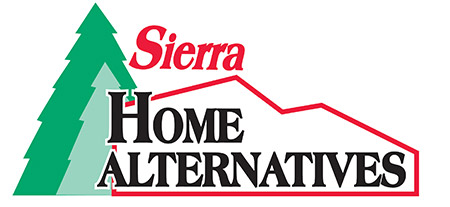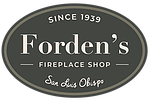Are you planning on purchasing a stove or fireplace, but have no idea regarding which one will best suit your heating needs? Here are some points to consider in order to make the right choice and maximize your investment.
Choose the right amount of power
A fireplace in your living room is sure to enhance your family nights with a comforting and soothing heat. But to make sure everyone feels and appreciates it, your fireplace needs to produce adequate heat, not too hot, not too cold.
The size of the room is an important criterion regarding this major purchase; however, the most important aspect to consider, in order to optimize your fireplace’s efficiency, is its power, its capacity to heat, expressed in BTU.
What’s a BTU?
BTU is the abbreviation of British Thermal Unit. Technically, it is an energy unit, expressed by the required heat needed for a combustible to increase, by one-degree Fahrenheit, the temperature of one pound of water. In other words, when it comes to fireplaces and stoves, the number of BTUs defines how much heat your fireplace generates in one hour.
Strangely enough, the same energy unit is used for air conditioning systems. In fact, the calculation is not based on the cold, but on the heat normally accumulated in any given room. Basically, the total heat quantity accumulated in a room determines the cooling capacity required by an air-conditioning unit, in order to extract the hot air outside.
How do I know how many BTUs are needed?
Before finding out, a few criteria need to be considered: What other heating appliances are present in your home? What is their use? Will your fireplace be used for actual heat, or simply to create a wonderful atmosphere? Do you wish to heat the entire house, or only one room?
Factors to consider in order to determine the needed power
Your geographical location
Climate is a definite consideration for the choice of any heating appliance. Clearly your needs will differ whether you live under a generally hot, warm, cold or very cold climate.
The characteristics of the actual room
The room’s dimensions, configuration and orientation are to be considered, along with the use of adjoining rooms. If a heated room is located directly above or below, less power will be required to warm your space. Outside walls, as well as their materials, will also influence your heating needs.
The year your house was built
1990 is a reference year in terms of insulation. Houses built before 1990 are considered old by the industry. Therefore, their level of insulation and sealing might make them harder to heat.
The type and number of windows in the room
Windows are conductive to heat loss. As a result, you must consider how many and what type are in the room? Are they single or double-glazed windows? Is there a French window in this room?
In a nutshell, the accurate power measurement will maximize your comfort, your fireplace’s efficiency and therefore, your investment!
To find out how many BTUs you need, consult our online BTU calculator. A simple and efficient tool, created by industry experts and designed to guide you in your choice of fireplace, stove or insert.
In a few easy steps, get a clear idea of how many BTUs you’ll need to heat your room. This estimate will also give you clarity on the type of products you should consider. Once completed, don’t hesitate to validate your choice with your local We Love Fire expert.
Other Articles You Might Enjoy:
Zone Heating, Ideal to Save Money
Wood, Pellets, Gas or Electricity: Which Combustible Best Suits My Needs?
